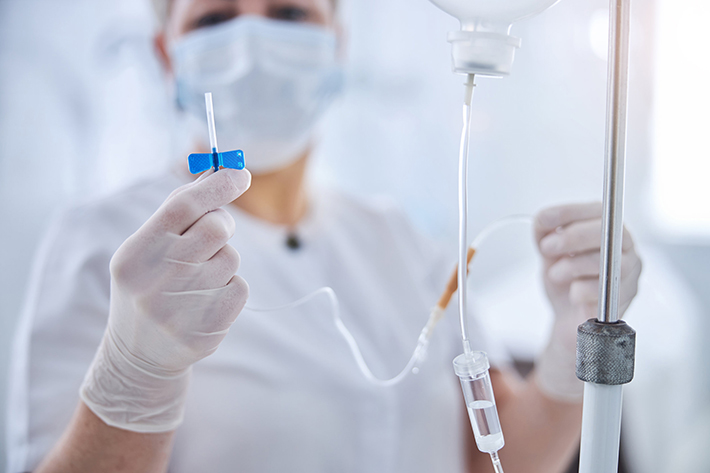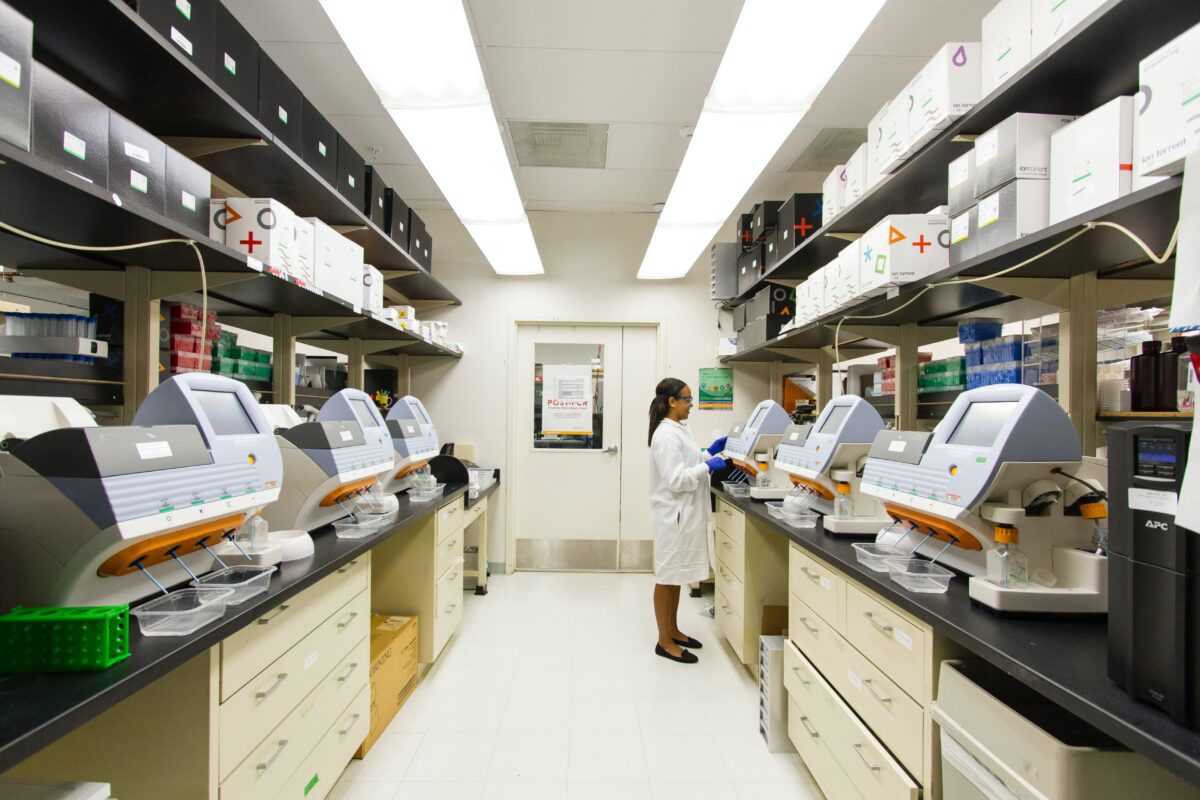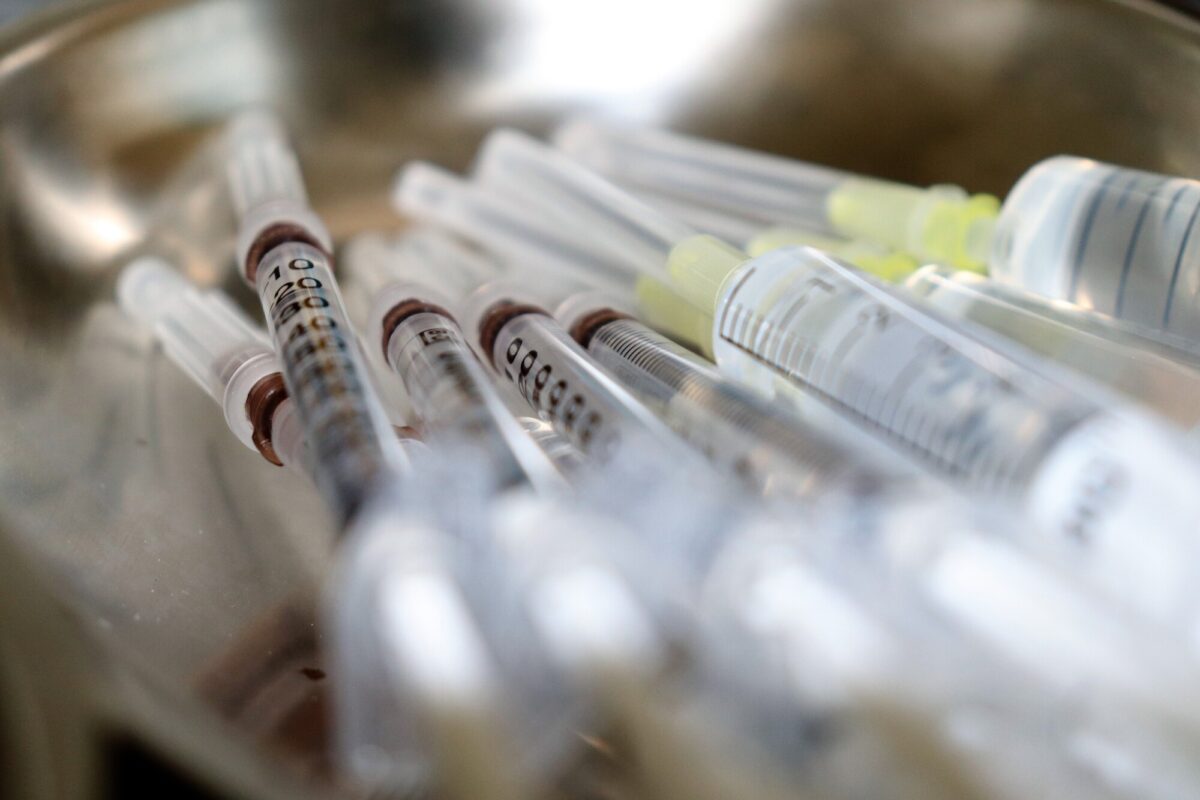Perfecting the art of blood collection can significantly boost patient experiences. If you’re aiming to become a phlebotomy technician, this article is your stepping stone. Let’s delve into the world of phlebotomy and understand the importance of phlebotomy technician certification.
Unraveling Phlebotomy
Phlebotomy involves the extraction of blood from a patient’s vein, a technique known as venipuncture, commonly performed by a phlebotomy technician.
The history of phlebotomy’s roots trace back to ancient Egypt, where it was known as bloodletting. From Egypt, this practice made its way to Europe and Asia.
Today, phlebotomy stands as one of the most frequently conducted tests in healthcare facilities. In the United States, blood tests are performed nearly two billion times annually, influencing over 80% of medical decisions in hospitals and primary care settings.
Why is Phlebotomy Essential?
Phlebotomy technicians collect blood samples for various reasons, including:
- Diagnosing medical conditions
- Managing high levels of red blood cells and iron through blood removal
- Preserving blood for future use (e.g., transfusion)
- Monitoring cholesterol levels and other health indicators
While primarily used for diagnostic purposes, phlebotomy also assists doctors in tracking a patient’s response to medications and treatment plans.
How Long Does a Blood Draw Take?
The procedure of phlebotomy, typically performed by a phlebotomy technician, is swift, with the duration contingent on the volume of blood required. It takes approximately 10 seconds to collect blood for one tube and about 44 seconds for three tubes.
Do Blood Draws Cause Pain?
While a blood draw is typically painless, patients might experience a brief sting or pinch as the needle penetrates their arm. However, this discomfort is fleeting and minor.
What Pitfalls Should Phlebotomists Evade?
Every phlebotomist should steer clear of these common errors:
- Overlooking patient identification and drawing blood from the incorrect individual
- Not honing phlebotomy techniques
- Inadequate knowledge in utilizing equipment correctly
- Labeling inaccuracies
- Failure to anchor the needle
- Incorrect tourniquet tension
Who is Authorized to Draw Blood?
Several healthcare professionals, including phlebotomists, medical practitioners, laboratory scientists, and nurses, are authorized to draw blood. However, four states mandate phlebotomy technician certification for blood draws. These states include Louisiana, California, Washington, and Nevada.
Embarking on NAPTP Online Courses
The National Association of Phlebotomy Technician Professionals (NAPTP) provides online courses that equip participants with the necessary skills and knowledge to pass the NAPTP exam for a phlebotomy technician certification. The online certification course spans six weeks.
This program is self-paced and on-demand, allowing participants to tailor it to their schedules. To enhance skills and knowledge, participants get access to study guides and videos.
Enrollment to online classes is straightforward. Simply register online.
What Does the NAPTP Exam Entail?
The NAPTP certification exam comprises 100 questions and lasts two hours. This online exam assesses each participant’s competency and understanding of the procedure and regulations. To be eligible for the NAPTP certification exam, participants must have conducted a minimum of 65 blood draws in two years or 30 blood draws in the past six months if they recently graduated from a phlebotomy program.
Wrapping Up
Phlebotomy plays a crucial role in patient care. With NAPTP’s online courses and exams, obtaining phlebotomy technician certification becomes a streamlined process. Online registration gives participants access to resources that refine their skills.













